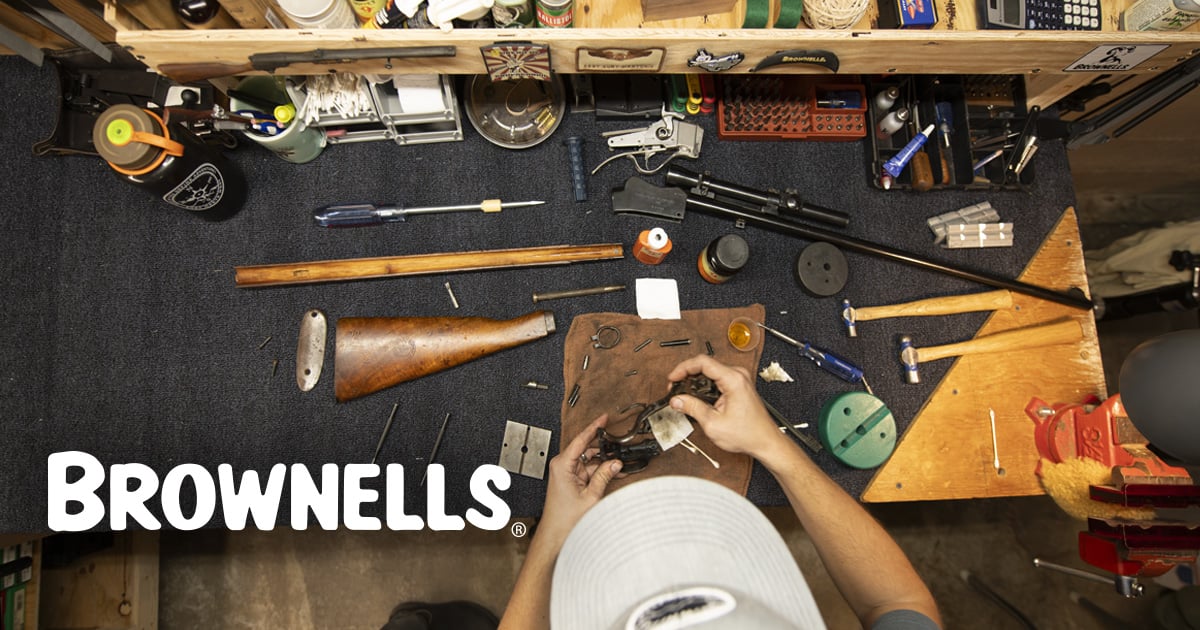Anywhere where one might go to find a comprehensive list of torque specs for an ar pattern rifle? I know what most of them are, but a comprehensive list or guide would be helpful.
Secondly, anybody have an idea or guess as to what a good torque value would be on the clamping screws to secure a syrac gas block to the barrel? My first install resulted in turning of the heads. I emailed them this question but have yet to hear back.
Secondly, anybody have an idea or guess as to what a good torque value would be on the clamping screws to secure a syrac gas block to the barrel? My first install resulted in turning of the heads. I emailed them this question but have yet to hear back.



Comment